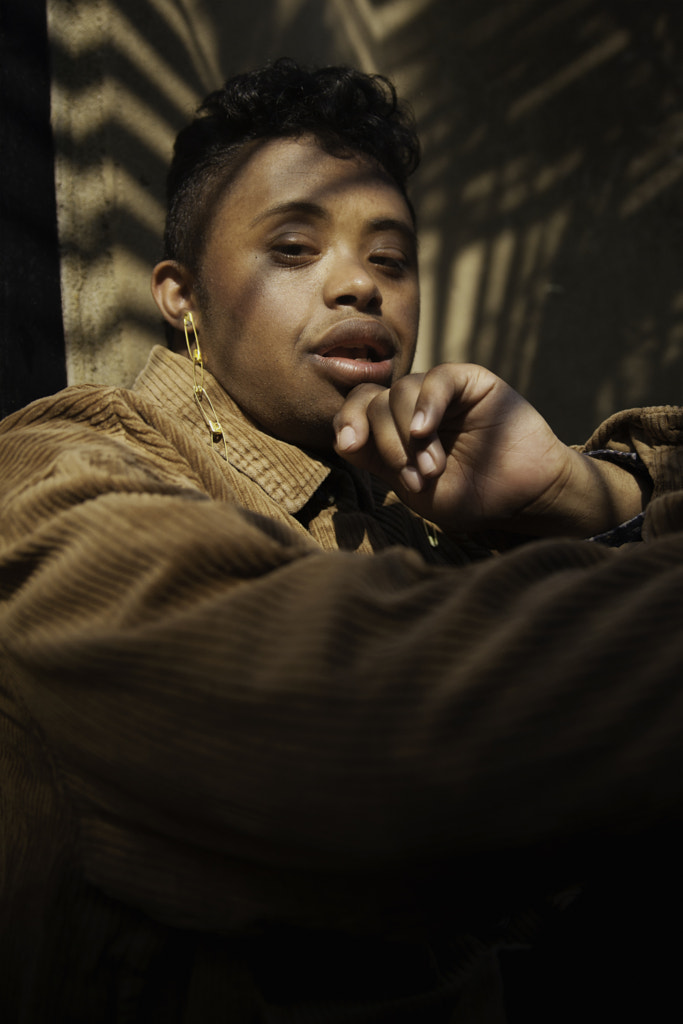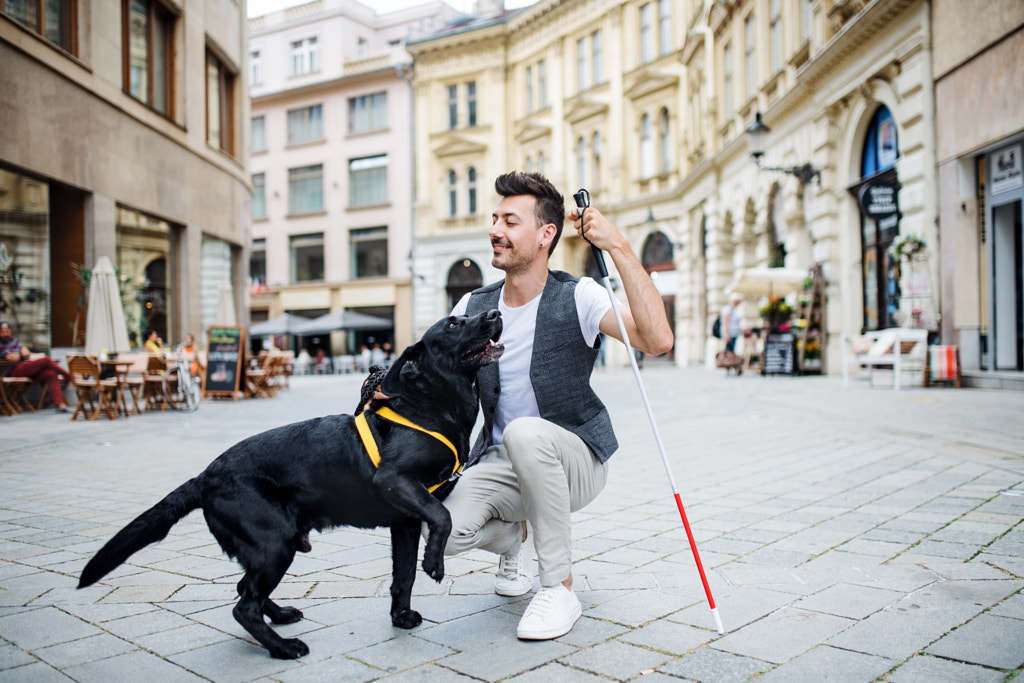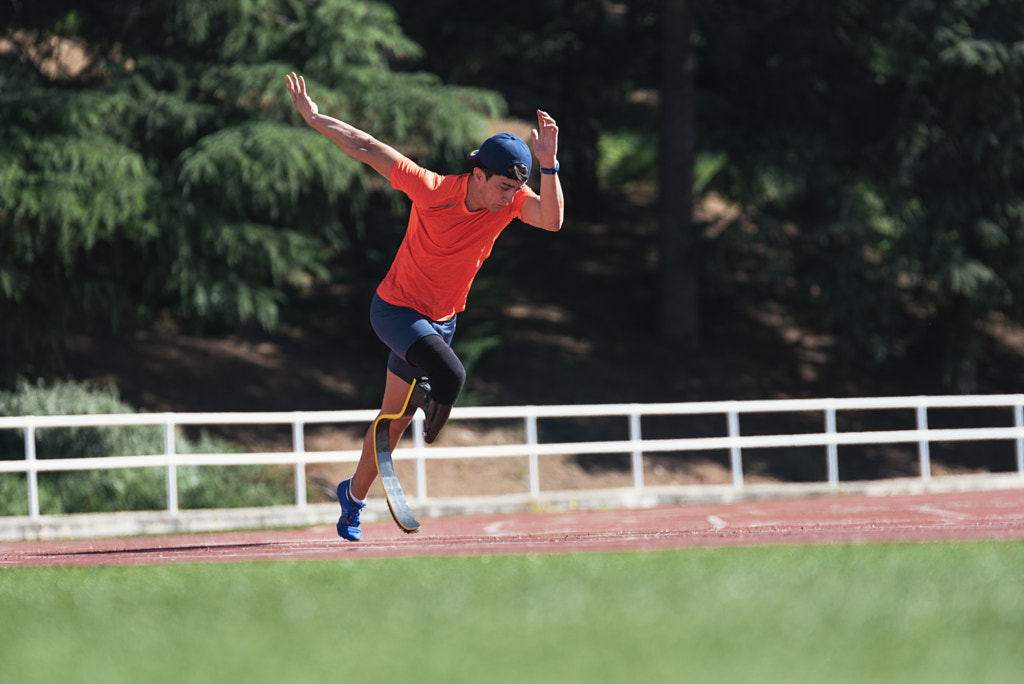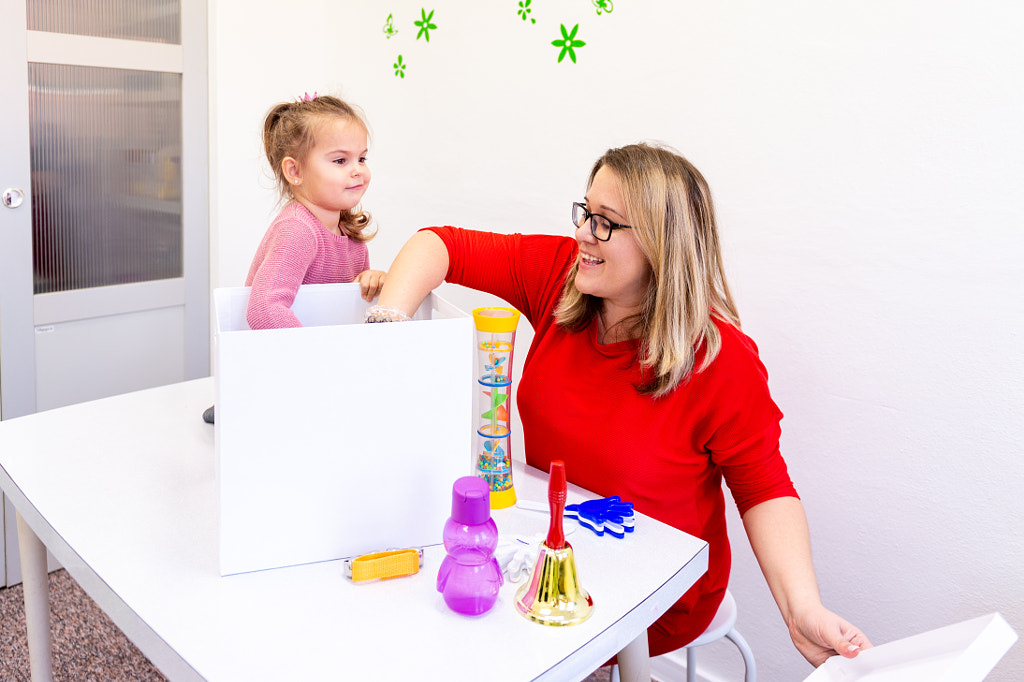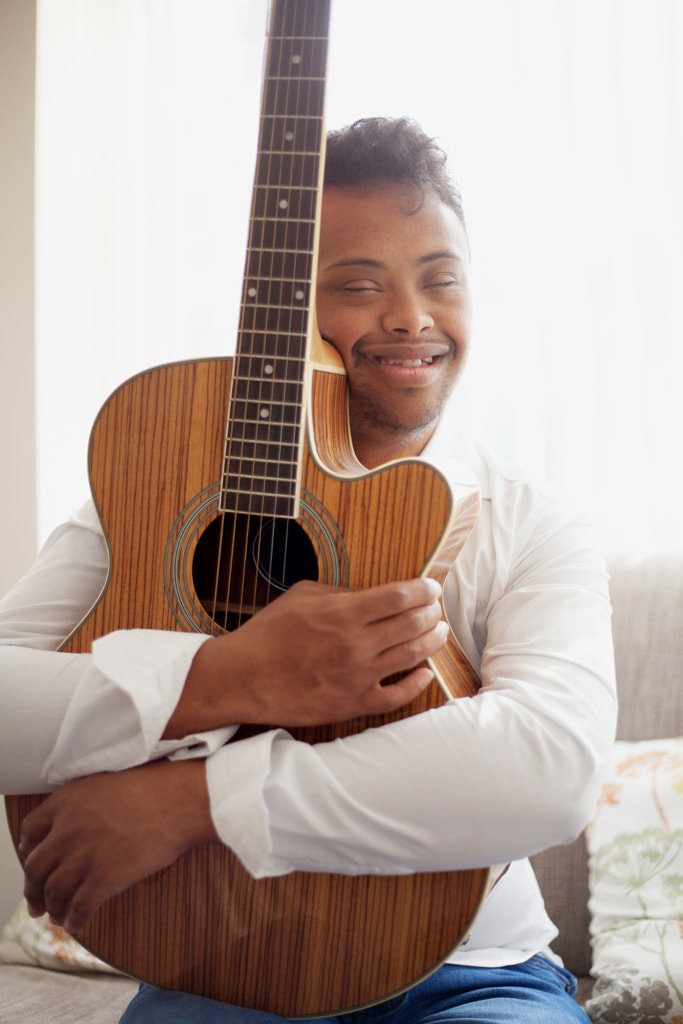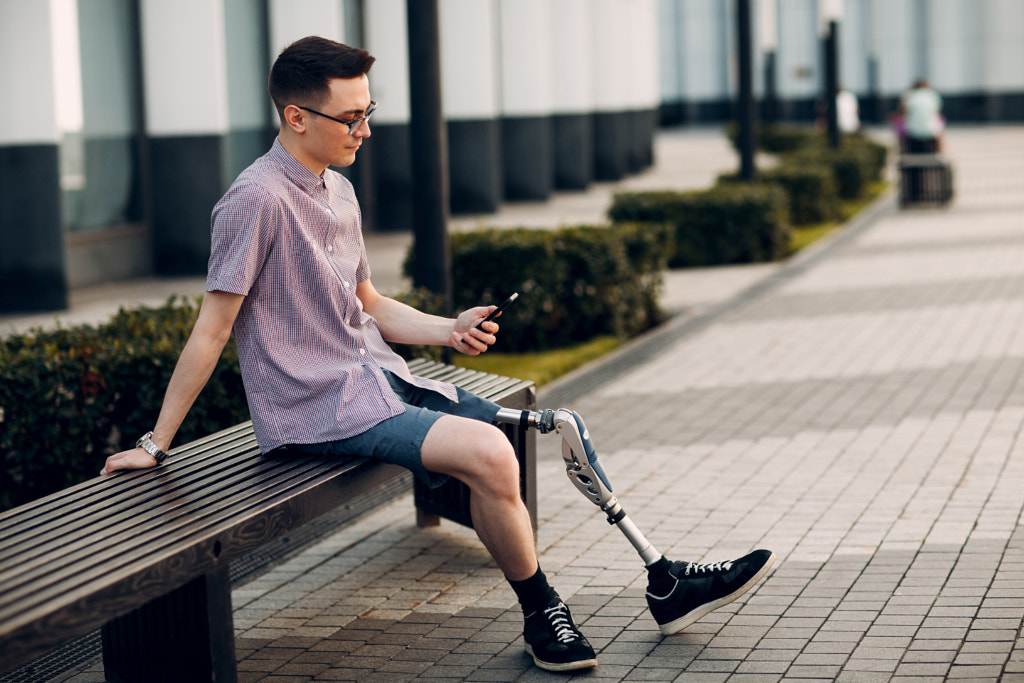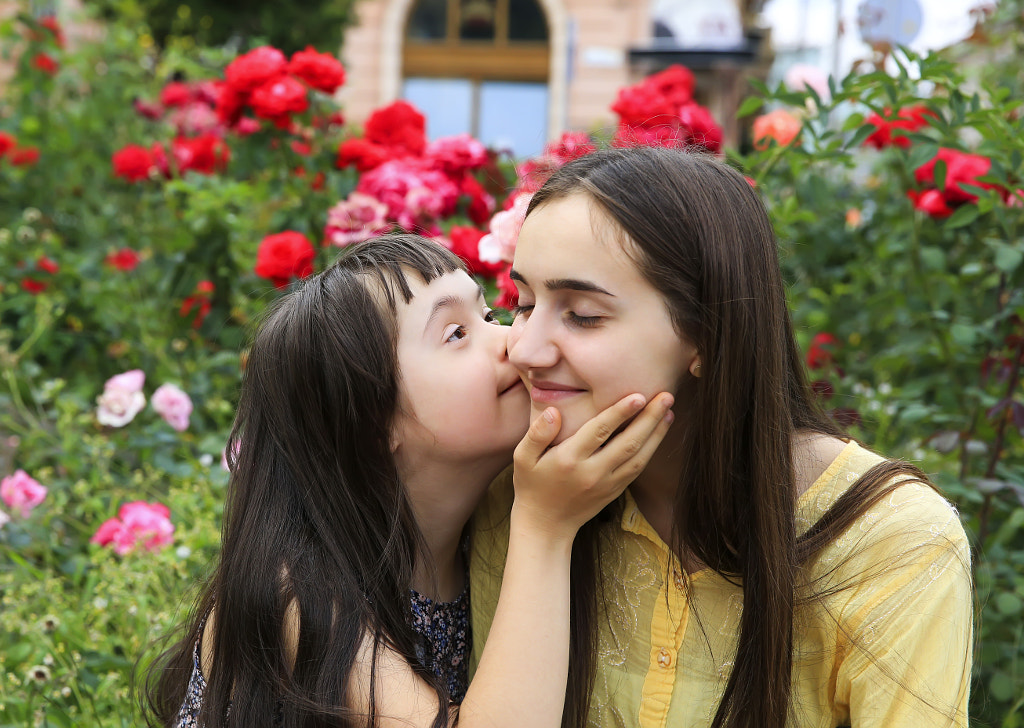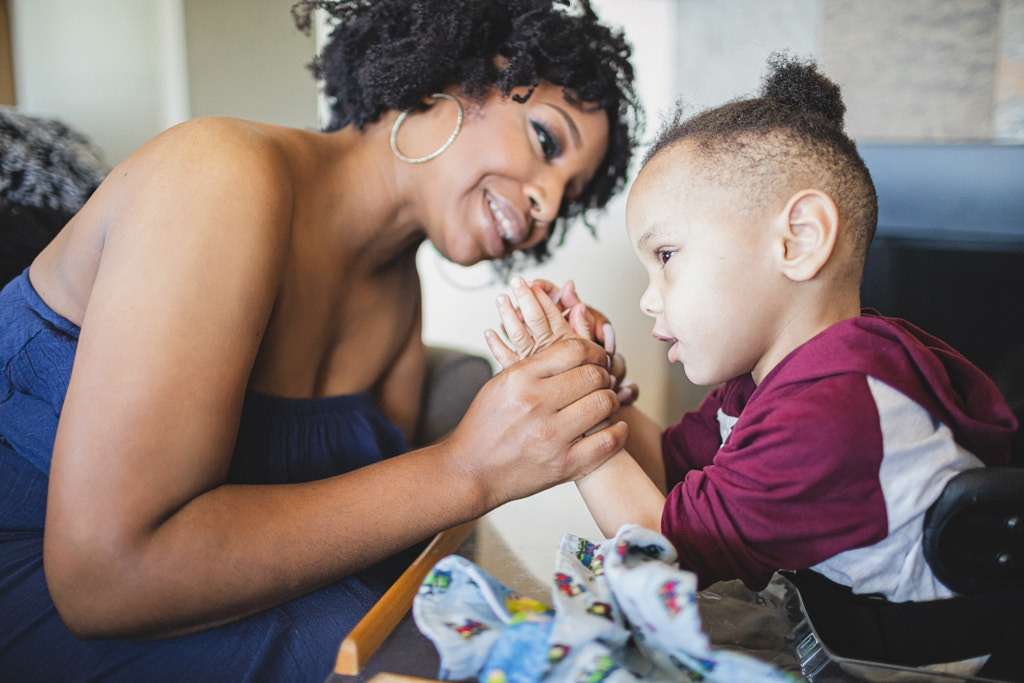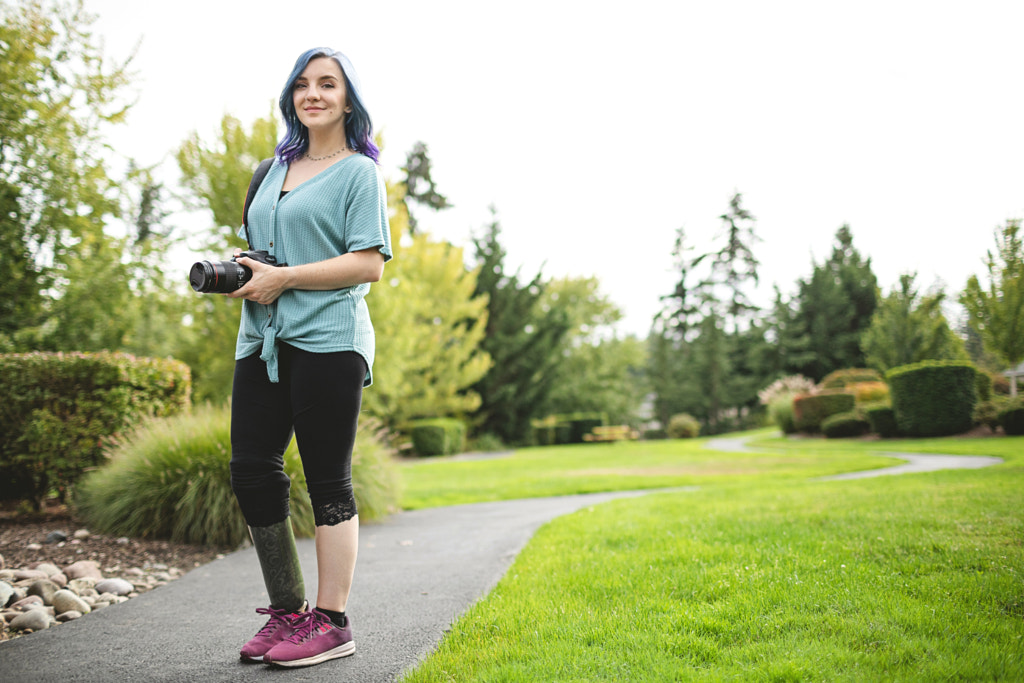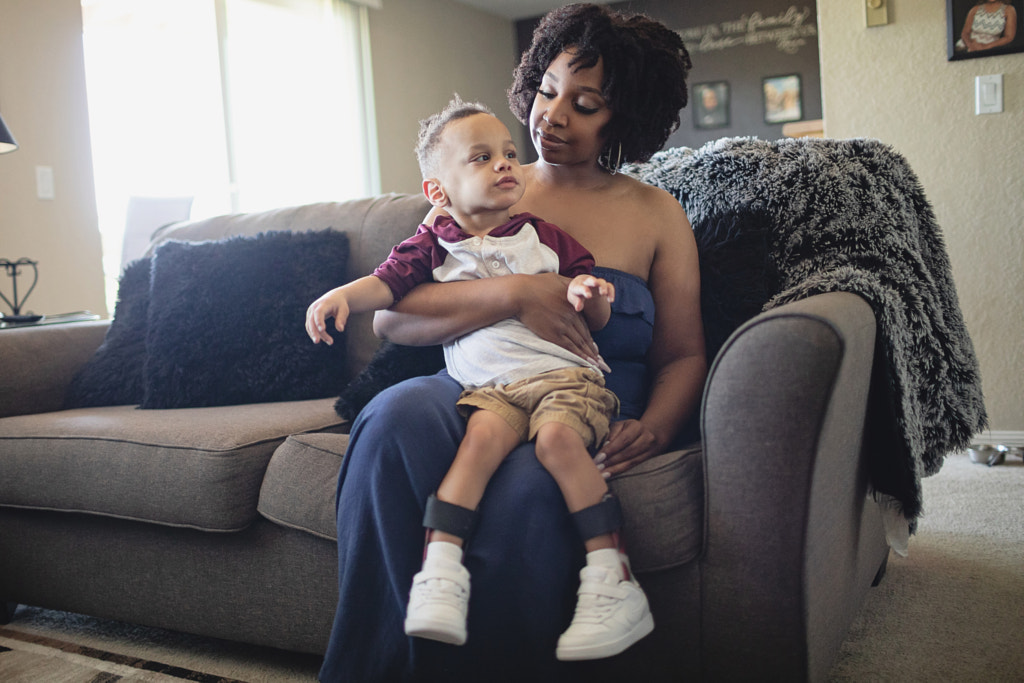More than one in four (26%) adults in the United States have some type of disability. That’s an estimated 61 million people. But research from Nielsen, released in 2021, reveals that only 1% of primetime ads include representations of disability-related visuals, themes, or topics. What’s more, just 3% of advertising spend in primetime went to disability-inclusive themes.
Ads for pharmaceuticals, healthcare products and treatments, and similar subjects accounted for 50% of disability-inclusive ads, underscoring the absence of representation across a variety of categories, industries, services, and products.
A separate study, conducted by Getty Images, found that fewer than 2% of widely-used images included people with disabilities. In those, people with disabilities were frequently depicted in caregiving or medical situations, rather than being portrayed in their day-to-day lives.

In recent years, there have been a few notable exceptions in the advertising landscape. One of them was Microsoft’s 2019 Super Bowl campaign, We All Win, featuring young video gamers using the Xbox adaptive controller.
Another prominent campaign came from the fashion world: ads for the Tommy Adaptive collections by Tommy Hilfiger feature disability influencers and athletes with disabilities. One of their campaigns featured a film that was directed by James Rath, a creator and advocate who was born legally blind.
Elsewhere, Jillian Mercado, an actor and model who happens to have spastic muscular dystrophy, lit up Times Square in a beauty ad for Olay. More recently, a 2022 Super Bowl ad from Google Pixel featured disability representation advocate Angel Giuffria.
Just this fall, the lingerie brand Liberare teamed up with the period care brand August to highlight the experiences of a model, brand ambassador, and community member with disabilities; behind-the-scenes footage from their joint campaign racked up millions of views on TikTok.
Social media, in general, has also helped foster a grassroots movement toward better representation, with influencers and filmmakers with disabilities leading the charge and changing the game. Inclusive talent agencies like Zebedee Talent have helped change the way disability is portrayed in fashion and advertising (they represent models and creatives alike).
Commercial stock photographers can join the movement by telling firsthand stories from their own communities, taking a person-first approach, and inviting collaboration.
Inclusive storytelling
Disabilities can be visible or invisible, and they affect everyone, across all ages, backgrounds, genders, and identities. All models—of all abilities—can and should have ownership and control over how they’re represented, so have some brainstorming sessions beforehand to get to know them. Consider their interests, passions, and hobbies and how you could incorporate them on set.
A simple question like, “How do you want to be photographed?” can go a long way. Maybe you also include family members, romantic partners, friends, and colleagues, documenting a day in the life of your model. Depending on your team, perhaps you can invite them to collaborate by sharing images they love for your mood board, or ask them to develop some ideas through storyboarding.
It’s also important to avoid common stereotypes, such as showing people with disabilities as “victims” or “heroes.” People with disabilities aren’t here to “inspire” people without disabilities. Your photos should tell the story of the whole person; disability might be a part of that story, but it shouldn’t be the only focus. It doesn’t even have to be a primary focus.
The activity, emotions, and environment are all significant aspects to include, whether your models happen to have a disability or not. Good storytelling begins with collaboration and listening, so the better you get to know your team, the stronger your images will be.
Finally, having different perspectives behind the camera is also crucial, so collaborate with a team of creatives with various abilities and skill sets, from the very beginning stages of a photoshoot. The term “nothing about us without us” remains key, so listening to disability advocates and activists is crucial.
Accessibility on set
Authentic images start with accessibility, so take the time and do your research to ensure your set, whether it’s a studio, home, or outdoor location, is accessible to everyone. That can include ensuring that parking spaces are close to entrances or that lifts or ramps are available. Make sure locations are clearly marked and directions are provided in advance.
Accessibility could also mean being mindful of any sensory processing concerns among your team; flash photography, for example, could cause problems for some people on set. Natural lighting is a great solution. Smaller groups and photoshoots can also be helpful when avoiding sensory overload, as can quieter locations without too much background noise.
Another thing to consider is timing; ask your team about how and when they’d like breaks and how long they’d prefer the shoot to last. Be flexible; some shoots might require extra time, while others might work best if they’re on the shorter side. If you’re bringing snacks, be mindful of everyone’s needs. It can also help to send a detailed schedule and plan so that your team can know what to expect; they can also weigh in on any adjustments you’ll need to make on the day of the shoot.
Once you’re on set, adjust your approach to your models. Providing visual references and written information or demonstrating your ideas can also be part of your communication toolkit. Keep the lines of communication open, and check in with each other throughout to creative process.
Remember to educate yourself to learn basic etiquette; this guide from the College of Applied Health Sciences at the University of Illinois at Urbana-Champaign offers a starting point. Respect and mutual give-and-take should always form the foundation of your shoot.
Inclusive keywording
Part of ensuring your Licensing portfolio is accessible to everyone is thorough keywording and captioning, so take the time to be as clear, concise, and descriptive as possible. In general, it’s good practice to use fewer words while still conveying all the essential information contained within your photographs. Where applicable, include alt text to help make your visuals more accessible.
When keywording, language matters. As a general rule, stick to person-first language: for example, use “person with paraplegia,” not “paraplegic.” Additionally, steer clear of patronizing language like “differently-abled” or negative language like “handicapped.” A person who uses a wheelchair is a “wheelchair user,” not “wheelchair-bound.”
While there are some general guidelines, everyone is different, and we all use different language to describe ourselves. For that reason, it can be helpful to have your models and collaborators contribute and suggest keywords themselves. Give them the opportunity to have ownership and authorship over their images.
Last year, research from Getty Images revealed that “72% of global consumers expect brands they buy from to support diversity and inclusion, with 80% loyal to brands whose business practices support their own values.” Those numbers are even higher among younger consumers.
For inspiration on future shoots, you can check out their Disability Collection, created in partnership with Verizon Media and the National Disability Leadership Alliance. Then look to your community, locally and on social media, to find stories worth sharing with the world.
Not on 500px yet? Click here to learn about Licensing with 500px.
The post Shining light on disabilities in your commercial shoots appeared first on 500px.
